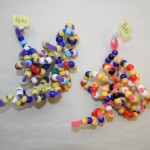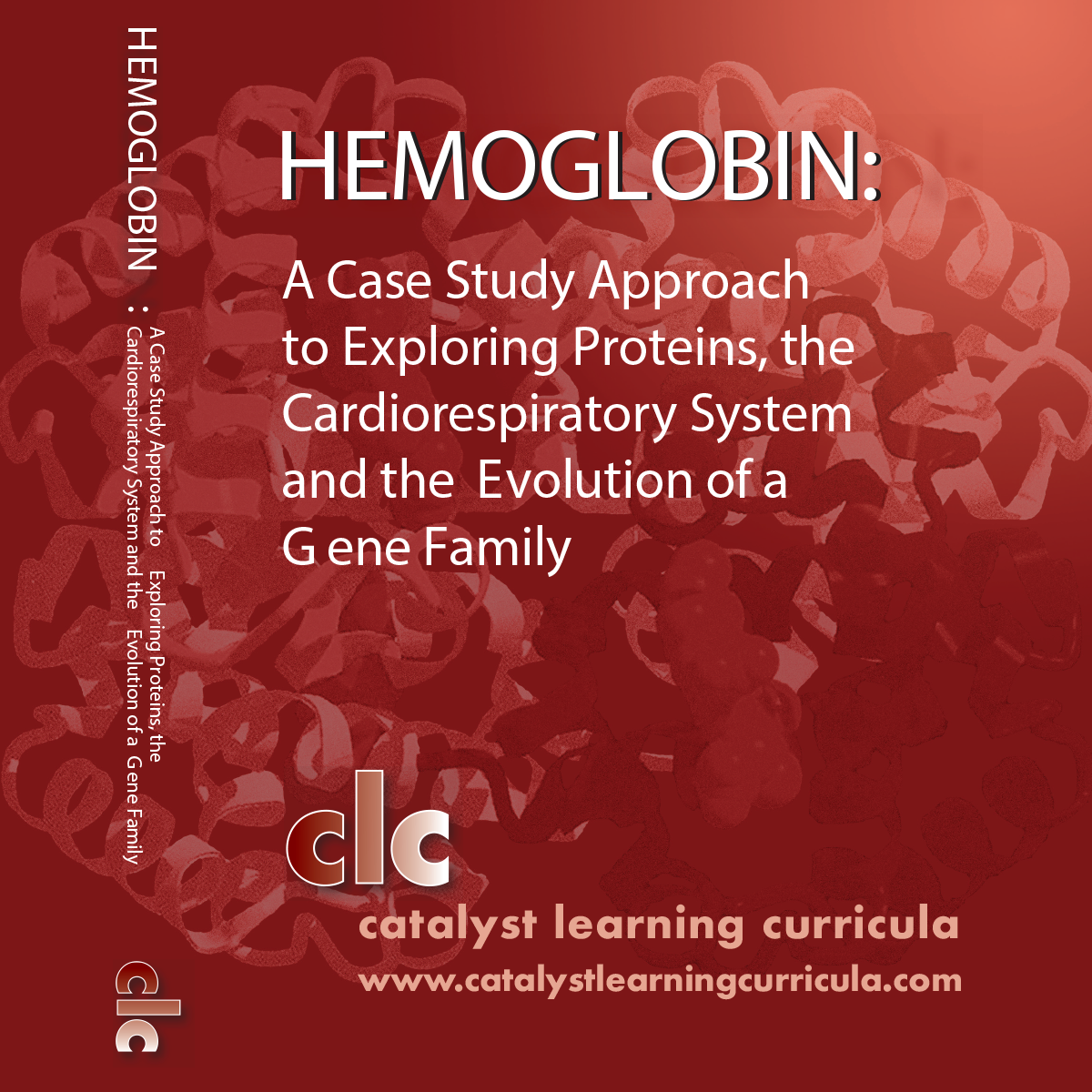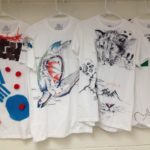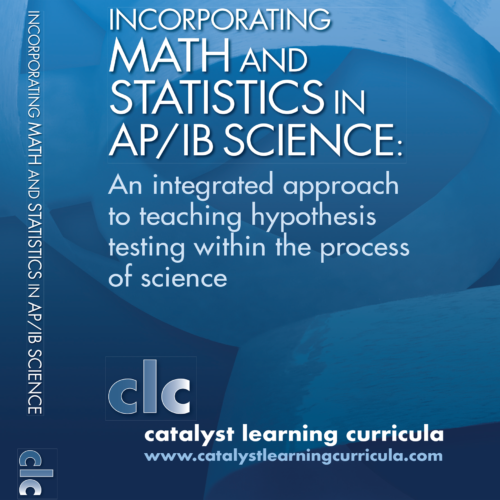Description
This allosteric molecule tells its evolutionary story by accepting and releasing oxygen in a complex dance with competitive and non-competitive inhibitors that is finely regulated by pH, pressure, and changes in concentration and conformation.  In a clear example of homeostasis, the feedback mechanisms maintaining ideal concentrations of gases at the cellular level allow an understanding of cell respiration and the systems used to exchange gases with the environment.
In a clear example of homeostasis, the feedback mechanisms maintaining ideal concentrations of gases at the cellular level allow an understanding of cell respiration and the systems used to exchange gases with the environment.
As a family of closely related genes, alpha, beta, gamma and delta forms of hemoglobin and myoglobin exemplify evolutionary fitness with the interplay of gene expression that changes throughout life due to environmental pressures.
A sub-story of hemoglobin is the co-evolution of mutant forms that have contributed to the survival of people in tropical regions of the world. This case study examines the structure and function of proteins using hemoglobin as a specific model for phenomena particular to this group of macromolecules. Molecular analysis and phylogenetic comparisons of gene sequences elucidate the history of this important molecule through taxa and through time.
The Case Studies for Advanced Science series use an NGSS storyline technique to dive deep into one real-life example of scientific research. Students are confronted with phenomena that intrigues them and sparks inquiry. Activities help them follow the questions that arise, and modeling is used to elucidate the processes of biology, anatomy, physiology and biochemistry, shedding light on patterns and outcomes.
Each case study topic is chosen because it acts as an excellent vehicle to cover the concepts in an AP/IB Biology, Anatomy and Physiology, or Biomedical course with the depth and detail necessary for engaging advanced learners.
The Case Studies for Advanced Science are recommended for:

- IB Biology teachers, as the curricula completely cover the anatomy and physiology, TOK connections and IA practice necessary for the HL Biology course
- A seasoned AP Biology teacher who prefers the holistic approach presented in the “Big Ideas,” in which fundamental processes and concepts are learned while students explore a specific example in depth
- Anatomy and Physiology teachers, who focus on the processes and physiology, structure and function, and the origin and progression of a disease.
- Use in an independent research course guided by initiating activities and foundational concepts that are expanded into the areas of individual student interest
The Case Studies series will be expanded as curricula become available for the following topics:
- Addiction and Depression: A case study approach to understanding the nervous system, the endocrine system and neuropharmacology
- Ants: A case study approach to exploring chemical communication, social structures and symbiosis
- Cancer: A case study approach to health and disease in cell biology and genetics
- Sonoran Desert: A case study approach to understanding interdependent relationships within a dynamic ecosystem




